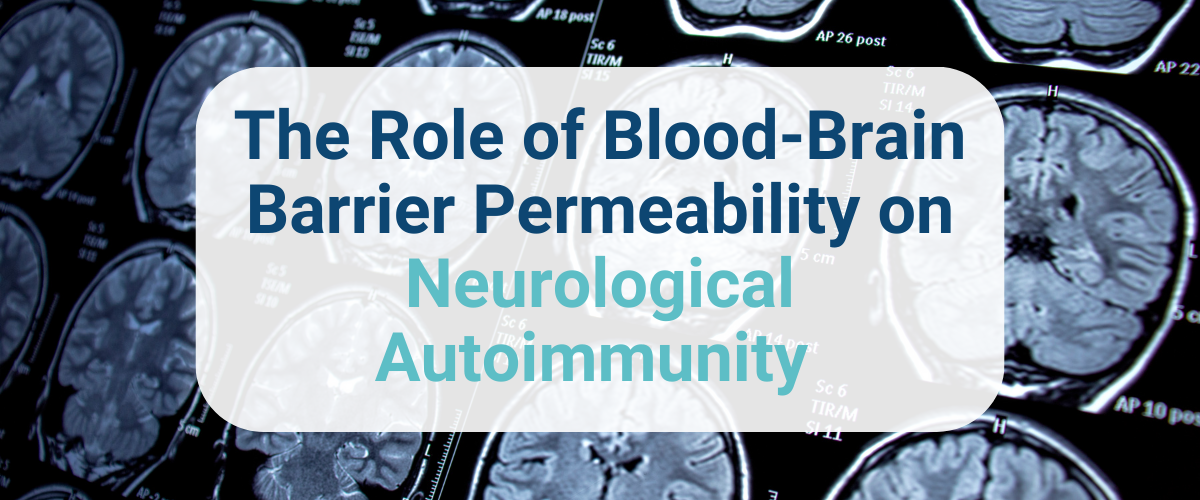Uncovering Links Between Infections and Neurological Decline
Each year, millions of people across the United States live with neurological and cognitive disorders. These conditions can be hard to tackle because they vary widely from person to person and may manifest differently, with distinct causes and optimum treatments.
But could neurological decline be linked to common infections like viruses?
This article explores viruses that may incite inflammatory responses and contribute to cognitive decline, the role of the blood-brain barrier, recognizing symptoms of neurological decline, and diagnosing neurological decline with precision lab testing.
Uncovering Links Between Infections and Neurological Decline
Growing evidence suggests that common infections may provoke neurological autoantibodies, potentially contributing to cognitive decline.
This research involves a range of infectious microbes:
- Herpes Simplex Virus-1 (HSV-1)
- Herpes Simplex Virus-2 (HSV-2)
- Epstein Barr Virus (EBV)
- Cytomegalovirus (CMV)
- Human Herpesvirus-6 (HHV-6)
- Human Herpesvirus-7 (HHV-7)
- Streptococcus A
Interestingly, these viruses—typically encountered early in life or throughout the human lifespan—normally don't pose significant health threats.
However, under specific conditions, these viruses can incite an inflammatory response in the body. This inflammation can cause an immune response that targets neurological tissues, a process called molecular mimicry.
The immune system, confused by the similarities in protein structures between the viral cell walls and human cells, may mistakenly attack our own cells in the brain, spinal cord, and peripheral nerves.
The Role of the Blood-Brain Barrier
Not everyone exposed to these viruses will develop neurological inflammation or autoimmunity. Factors such as genetic predispositions and environmental stressors are thought to increase susceptibility.
A key example is the disruption of the blood-brain barrier, which can be caused by concussions, hypertension, essential fatty acid imbalances, and during oxidative stress/excessive free radical production. This disruption allows these viruses to infiltrate the brain and spinal cord, sparking prolonged inflammation that can last for decades before neurological impairment is evident.
Recognizing Symptoms of Neurological Impairment
Once these viruses begin to generate inflammatory byproducts, autoimmunity often results and can manifest as symptoms such as:
- Cognitive decline
- Memory loss
- Ataxia
- Balance problems
- Neuropathy
- Alzheimer’s disease
- Multiple sclerosis
- Encephalitis
- Muscle spasms
- Huntington’s disease
- Epilepsy
- Parkinson’s disease
- Dementia
- Myasthenia gravis
- Muscle stiffness/rigidity
- Optical decline
- Neuromyelitis optica
- History of concussion
- Autism
- PANDAS/PANS/OCD
- Demyelinating diseases
Harnessing Diagnostic Tools for Neurological Health
Accurate testing is paramount to uncovering the root cause of neurological disorders and creating optimum treatment plans.
The Vibrant Neural Zoomer Plus, capable of testing 53 neurological antibodies in a single process, stands as a pivotal advancement in this field.
As we further delve into these relationships between infections and neurological health, such diagnostic tools will be increasingly vital, improving early detection and enhancing patient care.
 By
By




